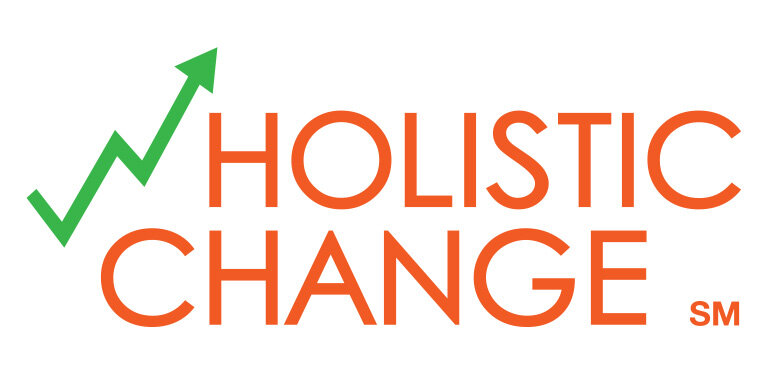Ron Ashkenas wrote recently on the Harvard Business Review Blog Network about the importance of being prepared for what you don't see coming when you implement a change. He cited the unintentional consequences of airline passengers changing their behavior in response to the separate fees airlines are now charging for the services they used to include in ticket prices: checking bags, providing seats with leg room, serving meals. The result has been that passengers cram more into their overhead bags, complain about smaller seats, and bring their own food.... and also are less satisfied with airline carriers than ever before!Mr. Ashkenas recommends 2 of the techniques we at wHolistic ChangeSM advise:
- Plan ahead (as much as you can). Utilize scenario planning to engage the people who will be impacted by the change, to talk through the implications and make sure the change team understands what the change will mean to the employees on the front lines.
- Test the waters. Conduct short, focused pilots to gauge the reactions to the changed people, process, technology, and services on your employees and customers. If you find gaps in the approach, this will give the change team a chance to make modifications before you roll the change out to your entire organization.
In addition, we recommend utilizing these tools to ensure you are setting yourself up for success:
- Create a visualization of all stakeholders impacted (either directly or indirectly) by the change. This way you will be better able to anticipate who else might need to be engaged in the scenario planning.
- Make sure you have clearly defined what successful change will look like. Ensure that you have a baseline measurement of your current state, as well as a way to gauge what changes as you start to deploy, to show that you are making progress (and so you can demonstrate to the resistors, who are a natural part of any change effort, that positive change is happening).
- Establish Communities of Practice for the people impacted by the change. This way the change team has a direct line of communication to understand what is working (and what is not), and has a clear mechanism to receive continuous improvement suggestions that will make the change a more positive experience for everyone.

